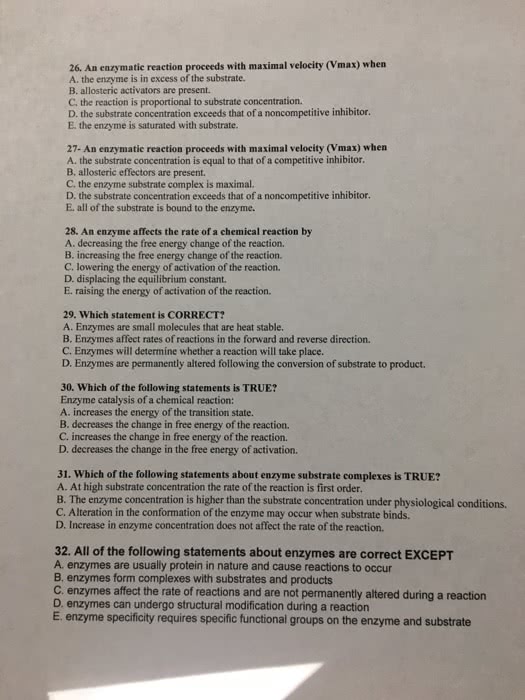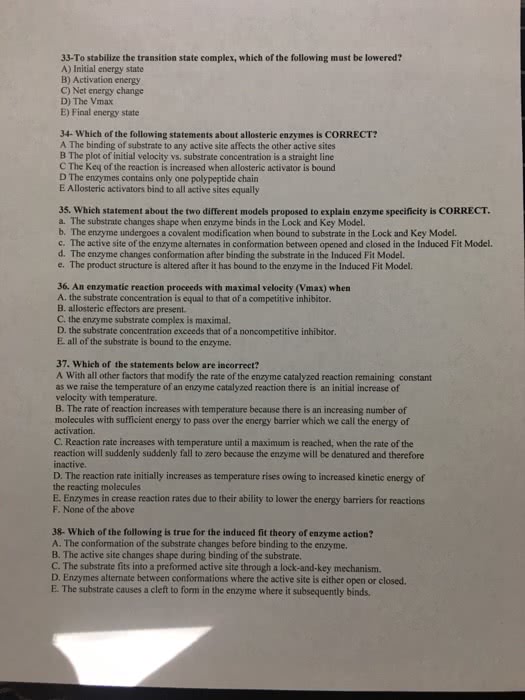MBB 321 Lecture Notes - Lecture 4: Enzyme Kinetics, New Taiwan Dollar, Reagent
64 views5 pages
7 Oct 2015
School
Department
Course
Professor
Document Summary
A key factor affecting the rate of an enzyme-catalyzed reaction is the concentration of substrate [s]. The effect on the initial velocity (v0) of varying substrate concentration [s] can be monitored when the enzyme: at relatively low substrate concentrations, the initial velocity (v0) increases linearly with an increase in. The enzyme first combines reversibly with the substrate to form an enzyme-substrate (es) complex (this step is. The enzyme-substrate (es) complex then breaks down to yield the free enzyme and the reaction product (rate- E+p (the reverse reaction between e and p (k-2) is negligible. Rate-determining step: the slowest step in a reaction, whose rate determines the rate of the entire reaction. In an enzyme-catalyzed reaction, the enzyme can exist in two forms: uncombined form: free enzymes (e, combined enzymes: enzyme-substrate (es) complex, total enzyme [et]: free enzyme [e] + enzyme-substrate complex [es]
Get access
Grade+
$40 USD/m
Billed monthly

Homework Help
Study Guides
Textbook Solutions
Class Notes
Textbook Notes
Booster Class
10 Verified Answers
Class+
$30 USD/m
Billed monthly

Homework Help
Study Guides
Textbook Solutions
Class Notes
Textbook Notes
Booster Class
7 Verified Answers

